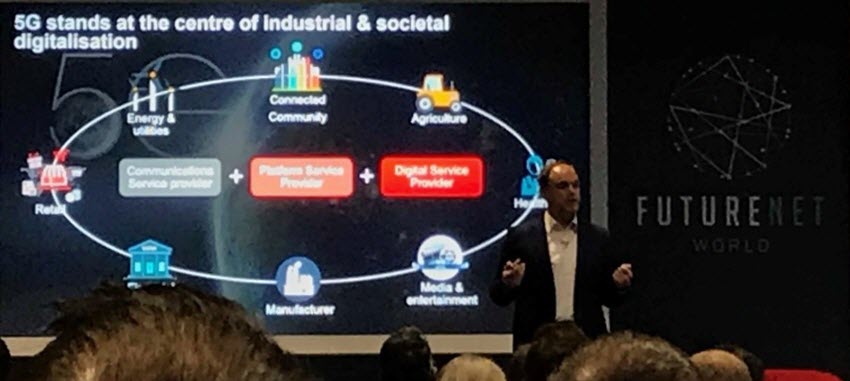AI Ops: Let the data talk
Do we need perfect data? Or is ‘good enough’ data good enough? Certainly, there is a need to find a pragmatic approach or else one could get stalled in analysis-paralysis. Is closed-loop automation the end goal? Or is human-guided open loop automation desired? If the quality of data defines the quality of the process, then for closed-loop automation of critical business processes, one needs near-perfect data. Is that achievable?
These issues were discussed and debated at last week’s FutureNet conference in London, where the show focused on solving network operators’ toughest challenges. Industry presenters and panelists stayed true to the themes of AI and automation, all touting the necessity of these interlinked software technologies, yet there were varied opinions on approaches. Network and service providers such as BT, Colt, Deutsche Telekom, KPN, Orange, Telecom Italia, Telefonica, Telenor, Telia, Telus, Turk Telkom, and Vodafone weighed in on the discussion.
Catalysts for AI-powered analytics
On one point, most service providers were in agreement: there is a need to identify a specific business use case with measurable ROI, as an initial validation point when introducing AI-powered analytics into operations.
Host operator, Vodafone, positioned 5G as the catalyst. With the advent of 5G technology supporting 100x connections, 10Gbps super-bandwidth, and ultra-low <10ms latency, the volume, velocity and variety of data is exploding. It’s a virtuous cycle – 5G technologies generate a plethora of data, and conversely, a 5G network requires data-driven automation to function accurately and optimally (how else can virtualized network functions be managed in real-time?).

5G as catalyst for digitalisation
Another operator stated that the ‘AI gateway for telecom’ is the customer experience domain, citing how agents can use analytics to better serve the customer base. For another operator, capacity planning is the killer use case: first leverage AI to understand what’s going on in your network, then use predictive AI for planning so that you can make smarter investment decisions. Another point of view was that service assurance is the area where the most benefits from AI will be realized. There was even mention of ‘AI as a business’ by enabling the creation of new services, such as home assistants. At the broadest level, it was noted that AI allows network operators to remain relevant in the eyes of customers.
The human side of AI and automation
When it comes to implementation, the significant human impact of AI and automation was not overlooked. Across the board, service providers acknowledged that a new skillset is needed in network operations centers. Network engineers have to upskill to become data scientists and DevOps developers in order to best leverage the new AI-driven software tools.
Furthermore, it is a challenge to recruit specialist AI experts, especially since web-scale providers are also vying for the same talent. On the flip side of the dire need for new skills, there is also a shortage of qualified experts in legacy technologies. Operators need automated, zero-touch management before the workforce retires!

FutureNet panelists discuss how automated AI can be leveraged as a competitive differentiator
The ROI of AI
In many cases, the approach to AI has been a technology-driven ‘Field of Dreams’: build it and they will come. A strategic decision was made to hire experts, build data lakes, collect data, and then the business case that yielded positive returns was discovered. In other cases, the business use case came first. But no matter what the approach, the ROI was significant.
These positive results are spurring determination for continued research to uncover ever more areas where AI can deliver tangible benefits. This is however no easy task – one operator highlighted that data collection takes 80% of the effort, with the remaining 20% spent on development of algorithms. For AI to really proliferate throughout all aspects of operations, that trend needs to be reversed. It needs to be relatively easy and quick to collect massive amounts of heterogeneous data, aggregate it, and correlate it. This would allow investment to be overwhelmingly applied to the development of predictive and prescriptive analytics tailored to specific use cases, and to enacting intelligent closed-loop automation. Only then will data be able to truly talk – and tell us what we haven’t even thought of yet.
